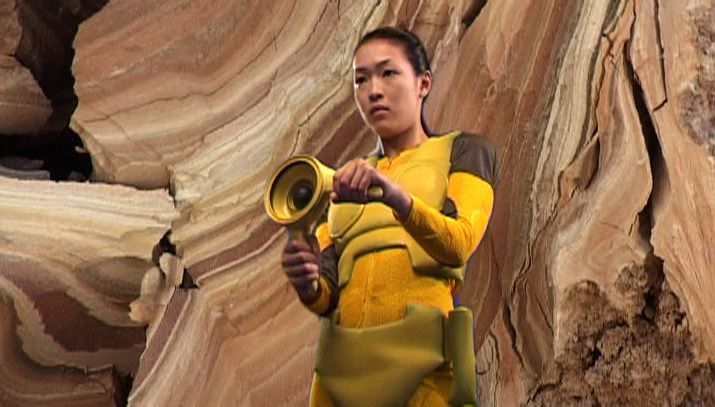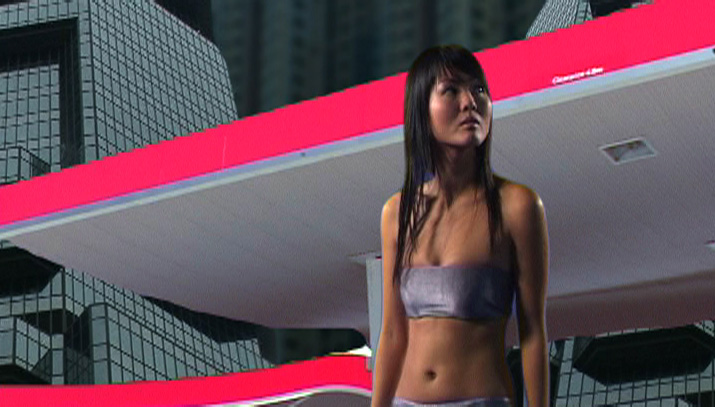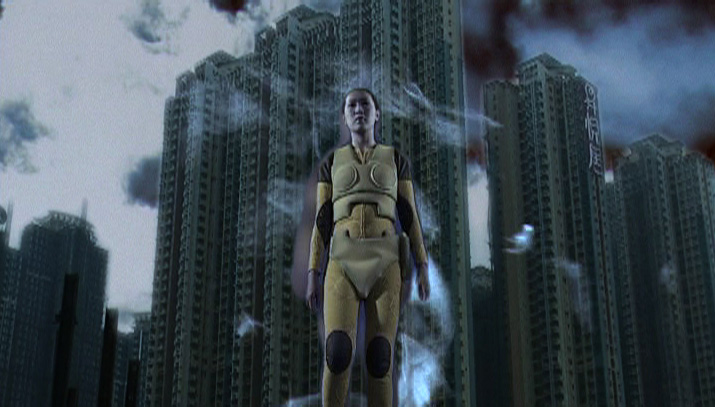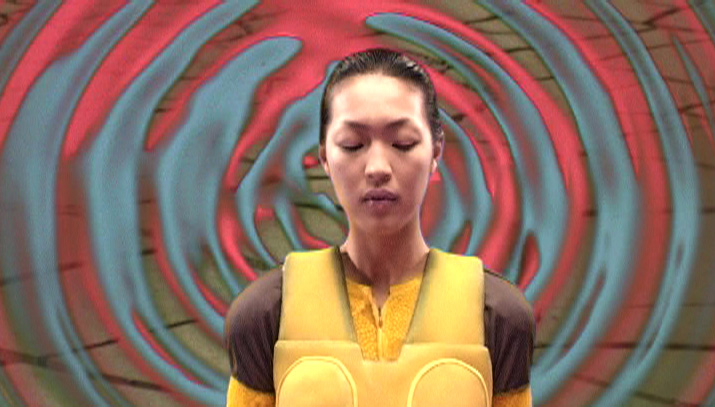Background
Funded by the Australian Film Commission's Strand-X Fund, The Sound of Milk (prologue) is a SD short developed from the feature film project The Sound of Milk, currently in development: a sci-fi feature film with a little action, a lot of sex, and lots of sound.
Credits
Sound designer & composer - Philip Brophy
Voices - Philip Brophy
Dolby Digital 5.1 mix - Philip Brophy
Studio - Premier Lighting
Edit & sound post-production - Gelatin
Insurance - H.W. Wood
2004
Premiere screening - ACMI, Melbourne
Overview
The Sound of Milk (prologue) is a speculative fictional projection of how gender will be defined in a futuristic post-human era. The science fiction genre is a general reference for the themes and iconography of such a speculative narrative, however notions of the body, genetics, race and land are central to this project. The project had been organically developed the 7 years preceding the video short. Ideas had been sketched continually over this time (incorporating drawn images, written scripts, recorded sounds and filmed imagery) as part of an extended investigation into how these ideas and materials they might be assembled. This experimental collage/layering approach is one that Philip has developed for many of his film, video and sound projects.
The sound design for The Sound of Milk (prologue) has a direct bearing on the visual production design. A reliance on the soundtrack to convey largeness of scale allowed to cut back on the cost of building huge sets and thereby provide an alternative to the tyrannical budget-driven aesthetic of pushing sci-fi as a grand mode of cinema. The Sound of Milk (prologue) is an attempt to experiment with a different mode of visualization that is not tied to the Renaissance-era painterliness which seems to govern many CGI productions. The major visual influence for The Sound of Milk (prologue) is Japanese 17th Century ukio-e print portraits and yamato-e print landscapes, as well as 18th century byobu folding-screen paintings. The overall flatness and layering of these art movements orients the primary visual direction of The Sound of Milk.
Technical
Sound Design
Acoustics, wave formation, aural detailing, frequency and atmospherics: these things are integral to many plot factors in The Sound of Milk. In place of a traditional film score, The Sound of Milk features a dense ambient soundscape. The aim is to create the sense of the merged continental shifts of Australasia by sourcing sounds from a range of actual locations. For this SD short visualization, sounds have been primarily sourced from recordings done in Tokyo and Melbourne. Some of the more intriguing textures that appear in the short are:
* aluminum can crushers in Yoyogi Park
* late afternoon crows in Yanaka Cemetery
* a solo child singer from a Kabuki performance at the Ginza National Theatre
* massed seagulls at Sumida River
* the closing bells of Ueno Park at dusk
* water fountains at Shinjuku Park mid morning
* interior carriage rumbling on the Tozai subway line near midnight
* mountains of styrofoam boxes being bulldozed at Tsukiji fish market late morning
The processing for all sounds and atmospheres was done on the ASR10. The multi-tracking, mixing and mastering was performed in Logic Audio, and prepared in Dolby Digital 5.1 format for the final video.The voice parts were scripted and scored with non-Anglo emphasis on phrasing to simulate English as a second and distant language. All voices were performed by Philip and processed using Waves pitch alteration.





